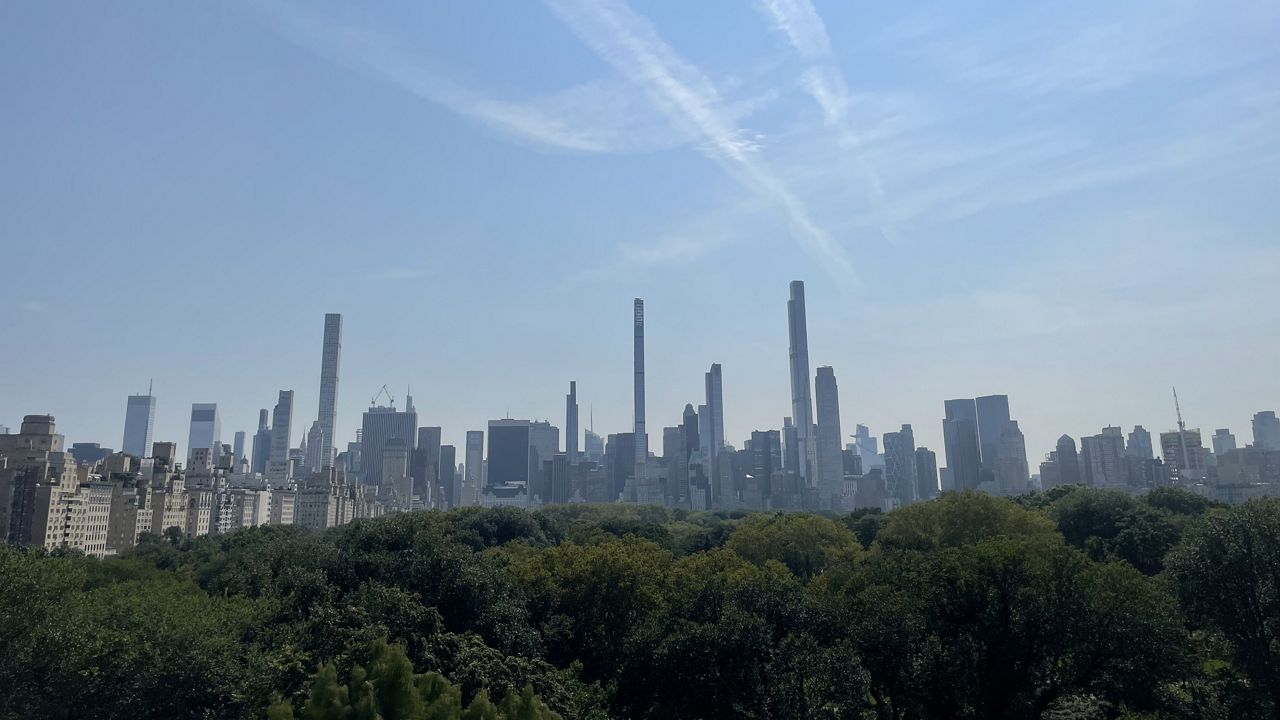
Most New Yorkers know that the city's famous tap water comes from faraway upstate reservoirs. You may not have heard there are leaks in an 85-mile-long tunnel and they are far more complicated than any plumber can fix. They're spilling millions of gallons of water a day. And that's requiring the biggest repair project in the system's 175-year history, beginning Thursday. Josh Robin has the exclusive story from far below the earth's surface.
While you're shampooing or doing your business, workers are 900 feet below ground, 60 miles upstate, ensuring the city that never sleeps doesn't thirst, either.
"The water supply system, like any piece of infrastructure, you have to periodically do maintenance work," said Paul Rush of the NYC Dept. of Environmental Protection.
It's hardly routine maintenance work.
It's part of a $1.5 billion project that re-routes a leaky World War II era aqueduct through a new tunnel under the Hudson River.
Seeing it happen requires a claustrophobia-inducing, four-minute elevator ride towards the earth's core as far down as the Chrysler Building is high.
At 85 miles, the Delaware Aqueduct is the world's longest tunnel.
Propelled by gravity, more than half of the city's water supply cascades through it, from Catskill Mountain reservoirs to city faucets.
Cracks were discovered years ago, but only now have officials figured out what to do.
They're not big enough yet to threaten the city's water supply, and they're only in two locations.
But they spill an average of 20 million gallons a day and that could grow.
They are in a relatively short section where the tunnel is built through limestone. Unlike shale, it can crumble when mixed with concrete and water. Preventing leaks require steel reinforcements.
Crews didn't go far enough with the steel lining.
Officials theorize the war effort had resulted in a steel shortage.
Generations later, it's seen as a rare mistake in what's considered an engineering marvel.
"We thought about all sorts of ways to fix this tunnel. We thought about building a completely new tunnel. We thoughts about essentially using a can of Fix-a-Flat and putting it in the tunnel," Rush explained.
Efficiencies in plumbing have New Yorkers using less water, even as the city's population grows.
But officials need to constantly be prepared for worst case scenarios, especially in light of the changing planet.
"Climate change is a concern. With warmer temperatures New Yorkers are using more water to keep cool, and it's also evaporating water from our reservoirs," said NYC Department of Environmental Protection Commissioner Vincent Sapienza.
So, they settled on a bypass through shale rock that is 450 miles years old.
Workers will fire up a state-of-the-art machine, and head 2.5 miles through it.
If all goes according to plan, water will start flowing through the bypass to the city by spring 2023.










